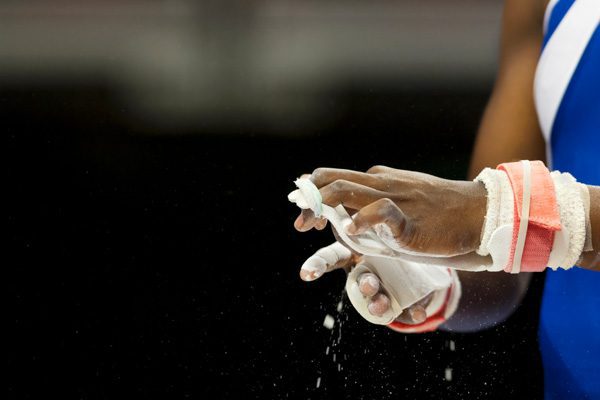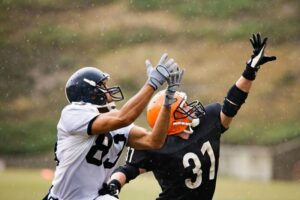The Most Underrated Value of the US Woman’s Gymnastics Team
For many years, young girls did not dream to be Gymnasts. Thanks to Simone Biles, Gabby Douglas, and the rest of the US Women’s Gymnastics team competing in the Rio Olympics, that has massively changed. Not only did they dominate the team-wide competition — they won last night by 8 points, an almost unheard of margin of victory in gymnastics — but they’re also making history as the most diverse group to ever to make up the US Women’s team. As “What Gabby Douglas and Simone Biles Mean Beyond the Olympics” points out, a brilliant article from Rosalie Chan at Motto, this level of diversity is unequivocally important for young athletes to see.
This gold-medaling squad is made up of woman that are black, white, latino, and Jewish — a wide-casted net of diversity that this sport has not truly seen in America. This team is affirmation that the Olympics are a celebration of diversity, single-handedly shattering the idea that there is a cookie-cutter model for what a champion looks like.
For N’dey Lowe, an 11 year-old girl from Harlem, watching the US Women’s Gymnastics team take gold at the 2012 London Olympics sparked an interest in the sport. After being inspired by the confidence and elegance of Gabby Douglas, she knew that gymnastics was the sport for her. This 2016 team has taken that momentum gained in London and grown into a world-renowned powerhouse as well as a global inspiration for young people from all walks of life.
Lowe is able to affordably train thanks to the Wendy Hilliard Gymnastics Foundation, a nonprofit organization in Harlem, whose mission is to “improve the health — and lives — of underserved urban youth through the sport and community of gymnastics.”
Furthermore, according to Chan, these gymnasts — from 2012 and beyond — have led to a spike in growth like no other. Chan explains:
“After Douglas won the gold in 2012, enrollment spiked at the foundation, which today offers free or low-cost gymnastics classes to about 1,000 kids a year, most of whom are African American.”
Hilliard, who competed in the 1980s, was the first black rhythmic gymnast to represent the United States in international competition. Taking her successes and story into account, Hillard now uses her experiences to provide the next generation with an opportunity to get involved with gymnastics, no matter your background.
It’s through these efforts, paralleled by the sport’s immense spotlight every so often, that gymnastics has risen to the forefront of our culture. Even better, it allows young woman to change and shape their lives all across this country. This, truly, is exactly what the 2016 US Women’s Gymnastics team has and continues to accomplish. This team embodies what America has always been built on: diversity.
This team allows the next generation to dream big, regardless of the cards you’re dealt. This team has shown what it means to represent the country on a global stage as role models, competitors, and an embodiment of the nation’s fundamental values. Simone Biles, Gabby Douglas, Laurie Hernandez, Madison Kocian, and Aly Raisman are not only champions, they are heroes to so many young athletes.
Just wait until you see them at the next Olympics.
We’d like to extend another shoutout to Rosalie Chan for putting together a wonderful piece that talks about an important perspective most people hadn’t considered yet. Now, hopefully, we can all continue to grow a tremendous sport and allow it to reach even more inspired future gold medal winners.
What Gabby Douglas and Simone Biles Mean Beyond the Olympics — Rosalie Chan
How useful was this post?
Click on a star to rate it!
Average rating 0 / 5. Vote count: 0
No votes so far! Be the first to rate this post.



